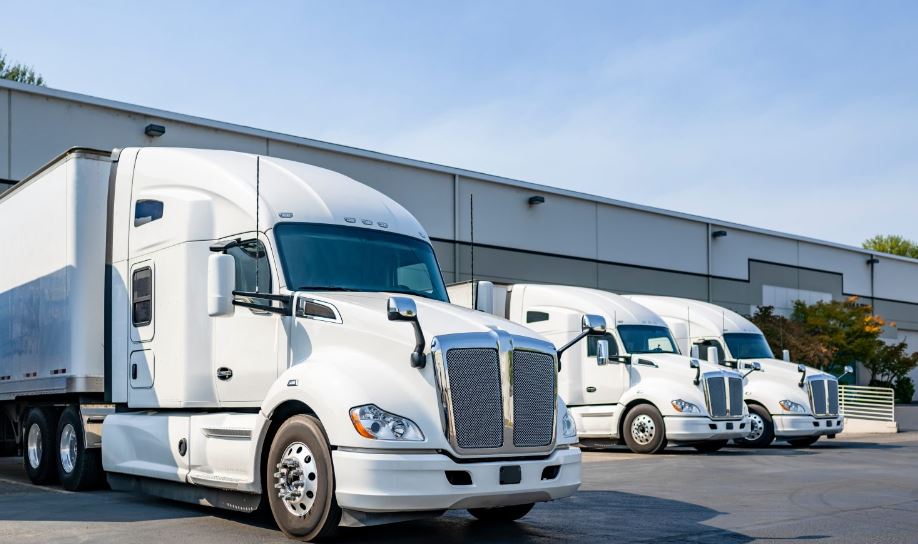Through the Substance Abuse Professional (SAP) Program, the Federal Motor Carrier Safety Administration (FMCSA) is vital to ensuring that business drivers follow safety rules. This program makes sure that drivers who break the rules about drugs and alcohol get evaluated and treated before they can go back to work. A database called the DOT Clearinghouse keeps track of and handles drug and alcohol complaints. It is an integral part of this process. To comply with the FMCSA SAP Program, you must understand its rules and processes.
For starters, what is the FMCSA SAP Program?
1. The FMCSA SAP Program
It is meant to give transportation workers who have tested positive for drugs or alcohol an organized way to deal with their problems. The goal is to find out how the driver is doing, suggest help or education, and see if they are ready to return to work while keeping the public safe.
2. A Look at the DOT Clearinghouse
The DOT Clearinghouse is a safe online database that keeps track of business drivers who break the law with drugs or alcohol. It makes sure that employers, police, and state agencies can get useful information about a driver’s history. This stops people from changing jobs to get around the rules.
3. Important Needs for the Clearinghouse
Both companies and drivers must follow certain rules in order to stay in compliance:
Driver Registration: Drivers must sign up with the DOT Clearinghouse so that their companies can see their records.
Employers Must Report: Within three business days, employers must tell the Clearinghouse about any violations, refusals, or positive drug or alcohol tests.
SAP Reporting: Professionals who work with substance abuse must send the Clearinghouse directly evaluation reports and treatment suggestions.
4. The steps that make up the FMCSA SAP program
First Assessment: When an employee breaks the rules, they meet with a SAP for a thorough evaluation.
Plan for Treatment or instruction: Based on the evaluation, the SAP suggests either Treatment or instruction, or both.
Follow-up Evaluation: Once the program is over, the SAP does one last evaluation to see if the person is ready to go back to work.
Return-to-Duty Test: An employee must pass a drug or alcohol test before they can go back to safety-sensitive tasks.
5. What a company does in the FMCSA SAP process
Employers have a big part to play in making sure that the SAP Program is followed. They need to:
Make sure the driver is following SAP’s rules before letting them go back to work.
Check the DOT Clearinghouse often for new information on who is eligible to drive.
6. Penalties for Not Following the Rules
Not following the rules of the FMCSA SAP Program or Clearinghouse can result in harsh punishments like losing your license, paying fines, or being unable to get a job. Bad things can happen to employers if they don’t report violations or check the Clearinghouse before hiring someone.
In conclusion
With help from the DOT SAP Clearinghouse, the FMCSA SAP Program is a key part of keeping business drivers and public roads safe. By following the program’s structured steps and meeting the Clearinghouse’s requirements, drivers can easily go back to work, and employers can stay in line. Everyone can follow FMCSA rules and make sure safety standards are met by staying aware and doing things the right way.

